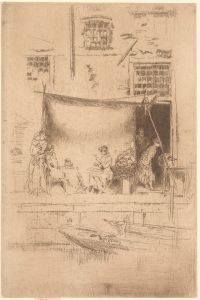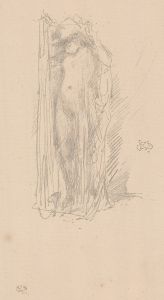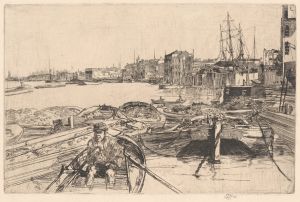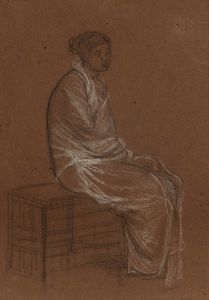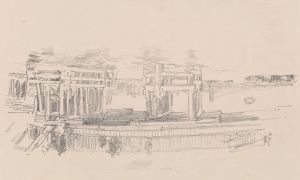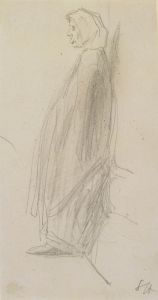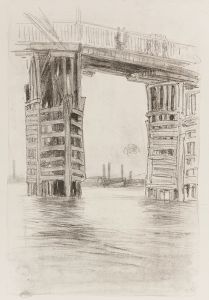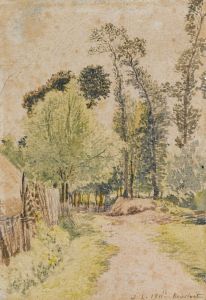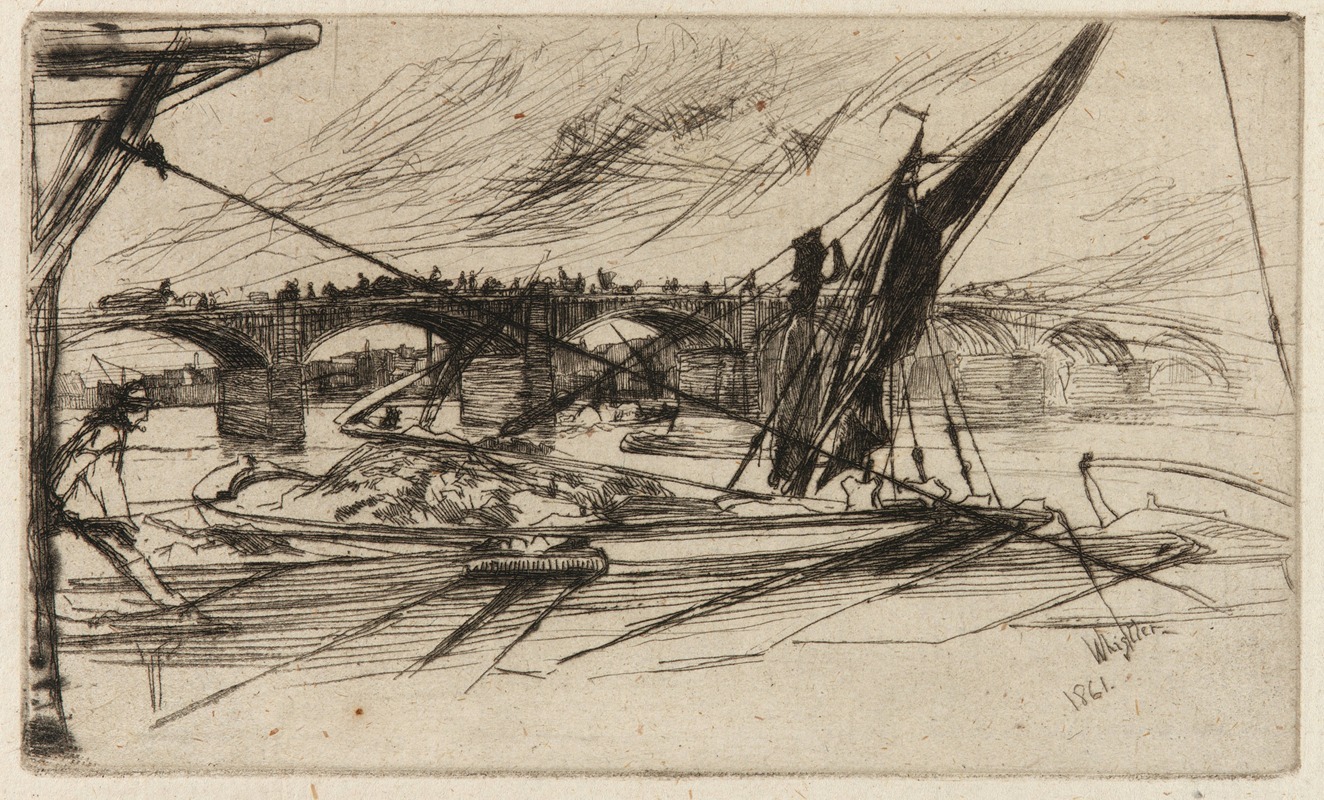
Vauxhall Bridge
A hand-painted replica of James Abbott McNeill Whistler’s masterpiece Vauxhall Bridge, meticulously crafted by professional artists to capture the true essence of the original. Each piece is created with museum-quality canvas and rare mineral pigments, carefully painted by experienced artists with delicate brushstrokes and rich, layered colors to perfectly recreate the texture of the original artwork. Unlike machine-printed reproductions, this hand-painted version brings the painting to life, infused with the artist’s emotions and skill in every stroke. Whether for personal collection or home decoration, it instantly elevates the artistic atmosphere of any space.
James Abbott McNeill Whistler's painting "Vauxhall Bridge" is an evocative representation of one of London's iconic structures. Whistler, an American artist who spent much of his career in Europe, is renowned for his contributions to the Aesthetic Movement and his innovative approach to art, which emphasized beauty and harmony over moral or narrative content.
"Vauxhall Bridge" captures the essence of the bridge that spans the River Thames in London. The bridge itself, completed in 1906, replaced an earlier structure and became a significant landmark in the city. Whistler's depiction of Vauxhall Bridge is notable for its atmospheric quality, a hallmark of his style, which often involved the use of muted tones and a focus on the interplay of light and shadow.
Whistler's technique in "Vauxhall Bridge" reflects his interest in creating mood and ambiance rather than detailed realism. His use of color and brushwork suggests the misty, fog-laden environment of London, a city known for its distinctive weather. This approach aligns with Whistler's broader artistic philosophy, which sought to evoke an emotional response from the viewer through the subtle manipulation of visual elements.
The painting is part of Whistler's broader body of work that includes other notable pieces such as "Nocturne in Black and Gold – The Falling Rocket" and "Arrangement in Grey and Black No. 1" (commonly known as "Whistler's Mother"). These works share a common thread in their emphasis on tonal harmony and the creation of a specific atmosphere, often drawing comparisons to musical compositions in their structure and effect.
Whistler's influence on the art world extends beyond his paintings. He was a key figure in the Aesthetic Movement, which advocated for "art for art's sake" and sought to divorce art from moral or utilitarian functions. His ideas and works had a lasting impact on both his contemporaries and future generations of artists.
"Vauxhall Bridge" exemplifies Whistler's mastery of capturing the essence of a scene through his distinctive style. The painting remains an important piece within his oeuvre, showcasing his ability to transform a simple urban landscape into a work of profound beauty and subtlety. While specific details about the painting's creation and its current location may not be widely documented, its significance within Whistler's body of work and its representation of his artistic principles are well recognized.
In summary, James Abbott McNeill Whistler's "Vauxhall Bridge" is a testament to his skill in creating atmospheric and evocative art. Through his unique approach to color, light, and composition, Whistler has left an indelible mark on the art world, and "Vauxhall Bridge" stands as a notable example of his enduring legacy.








